50+ Sample Program Forms
-
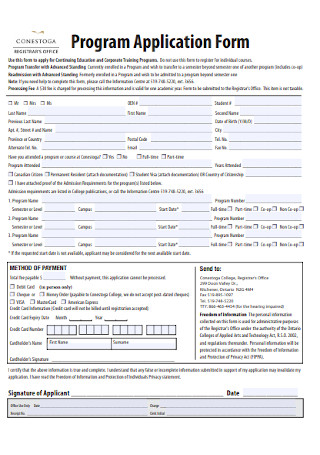
Program Application Form
download now -

Degree Program Termination Form
download now -
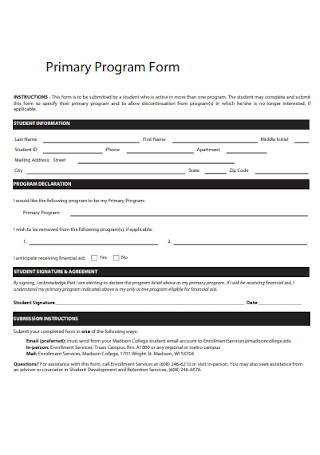
College Primary Program Form
download now -

Water Conservation Program Form
download now -
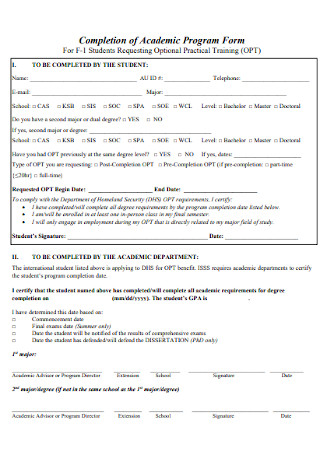
Academic Program Form
download now -
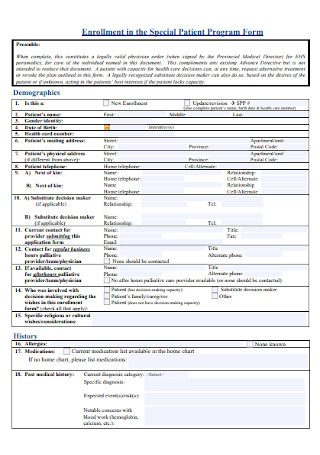
Special Patient Program Form
download now -

Health Program Assessment Form
download now -
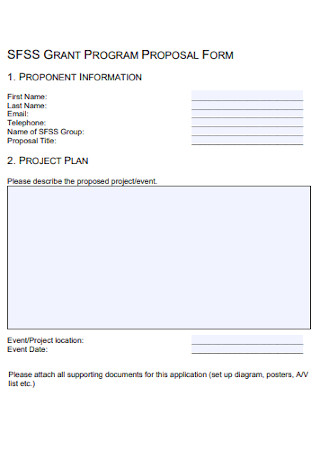
Grant Program Proposal Form
download now -
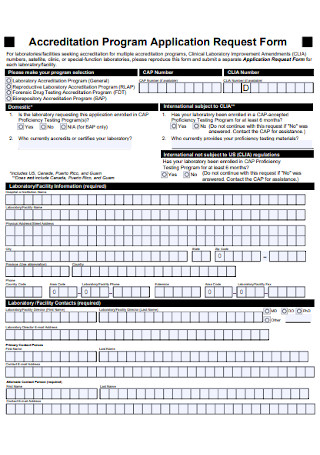
Accreditation Program Application Form
download now -
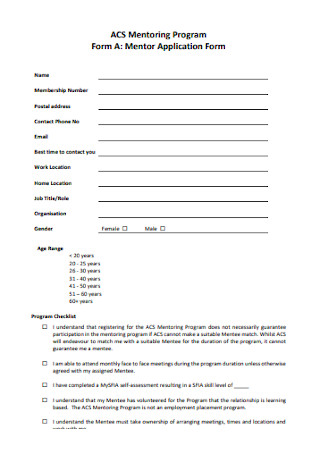
Mentoring Program Form
download now -
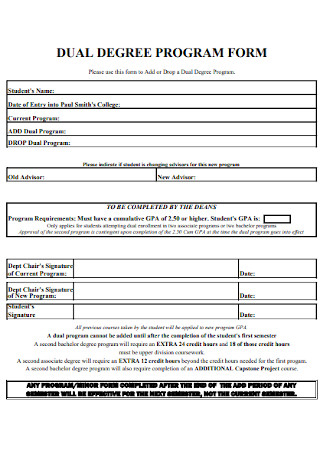
Dual Degree Program Form
download now -
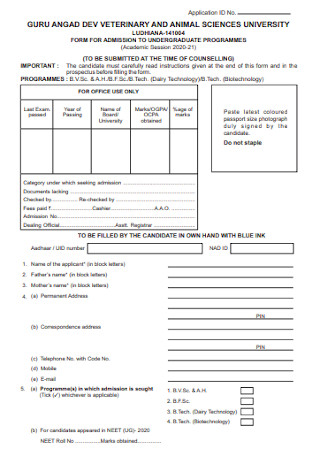
Admission Form for Undergraduate Program
download now -
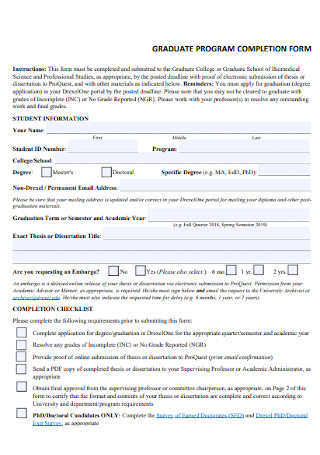
Graduate Program Program Form
download now -
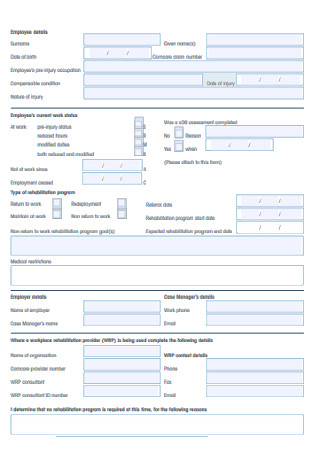
Rehabilitation Program Form
download now -
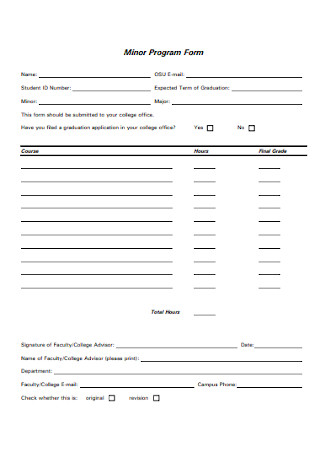
Minor Program Form
download now -
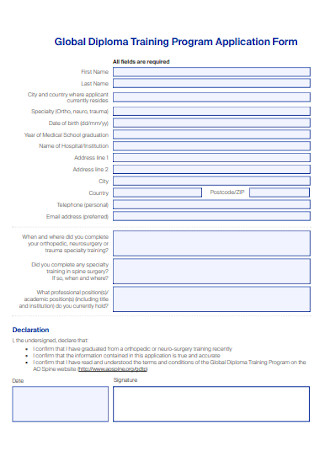
Training Program Application Form
download now -
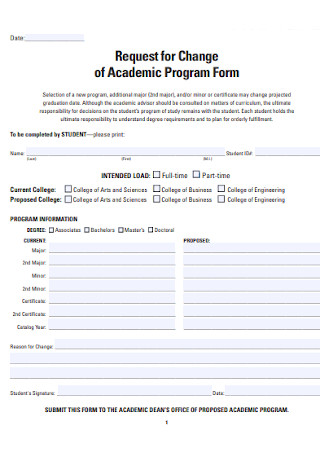
Sample Academic Program Form
download now -
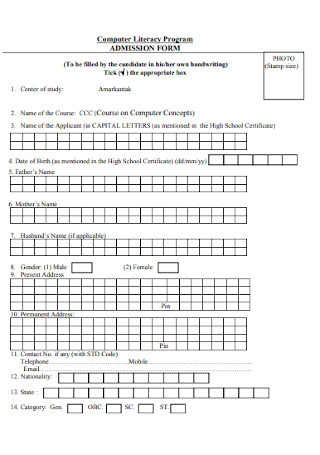
Computer Program Admission Form
download now -
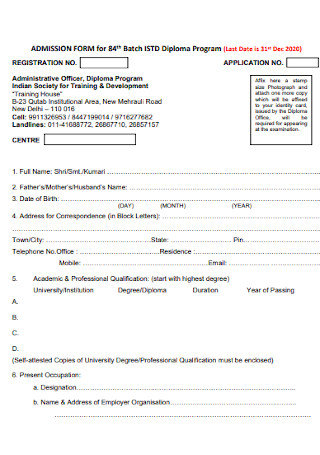
Diploma Program Admission Form
download now -
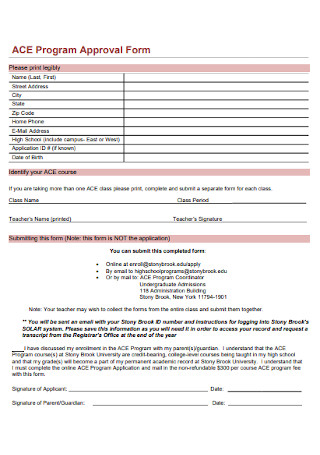
Program Approval Form
download now -
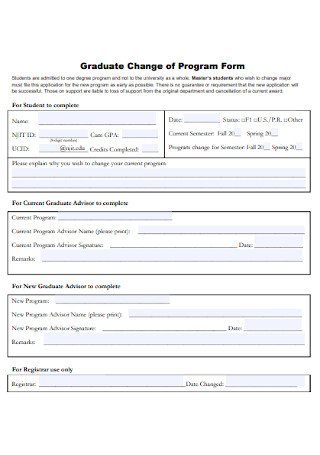
Graduate Change of Program Form
download now -
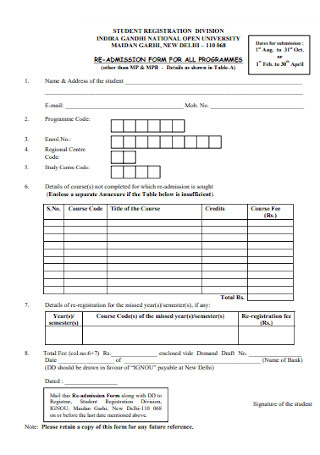
Admission Form for All Program
download now -
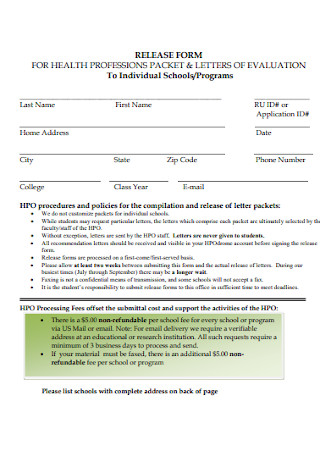
General Programs Release Form
download now -
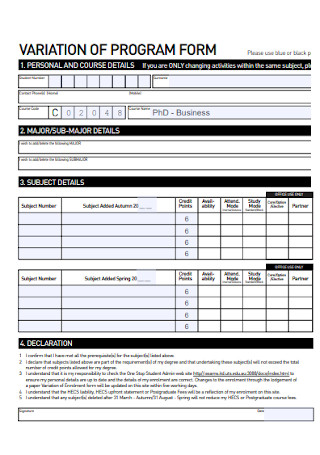
Variation Program Form
download now -
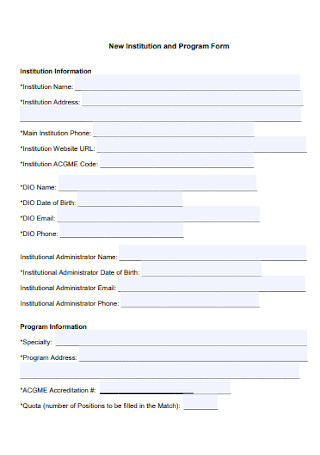
New Institution and Program Form
download now -
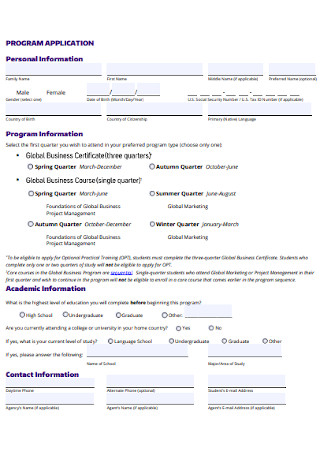
Global Business Certificate Form
download now -
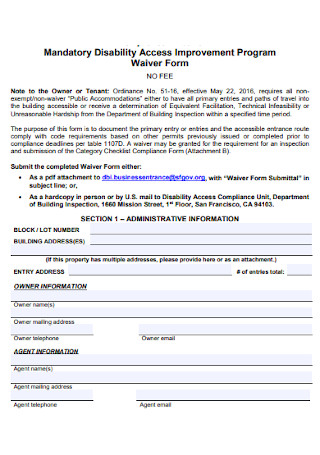
Waiver Program Form
download now -
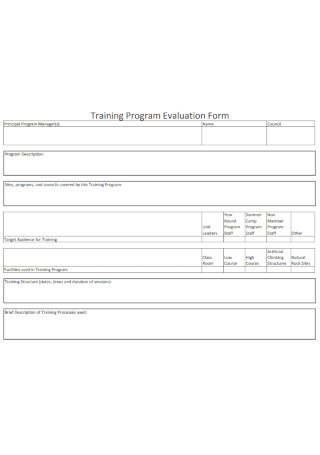
Training Program Evaluation Form
download now -
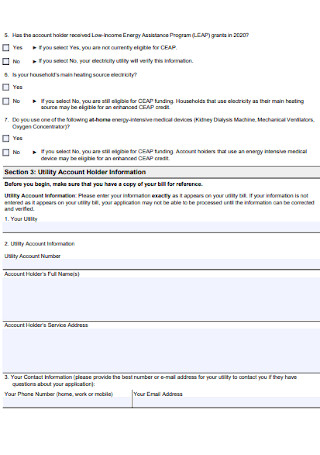
Assistance Program Application Form
download now -
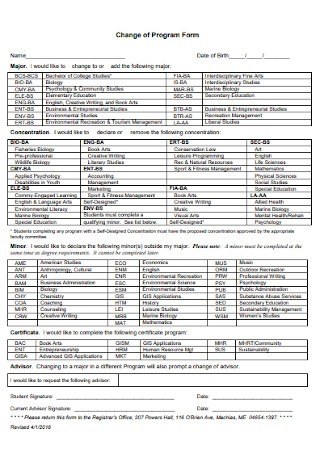
Basic Change of Program Form
download now -
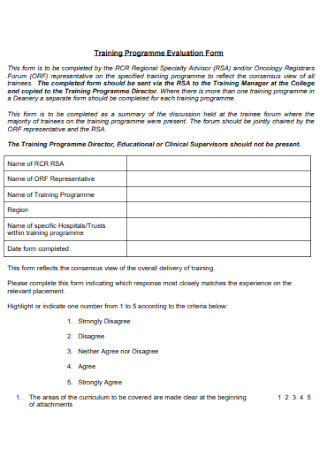
Training Program Evaluation Form
download now -
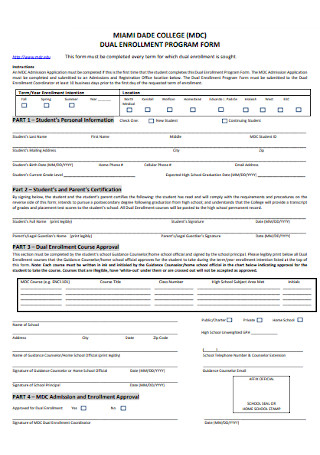
Dual Enrollment Program Form
download now -
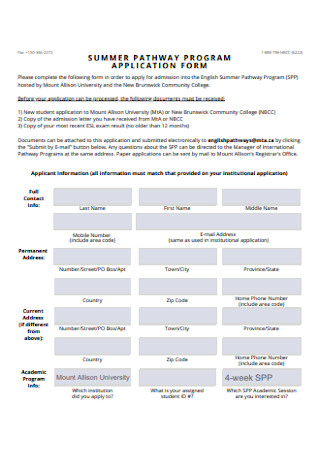
Summary Pathway Program Form
download now -

Discontinuation of Online Program Form
download now -
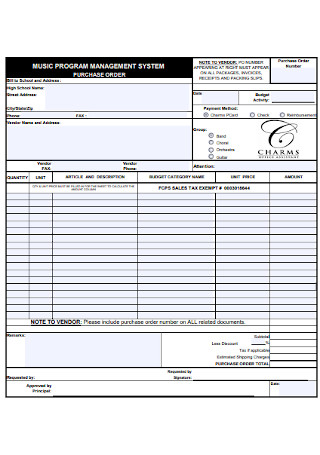
Music Program Order Form
download now -
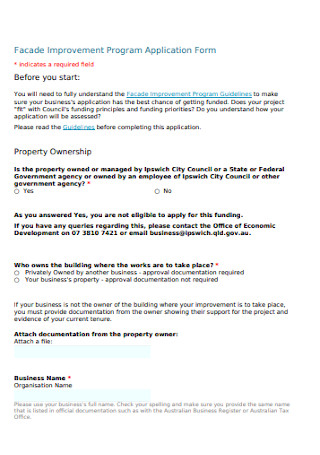
Improvement Program Application Form
download now -
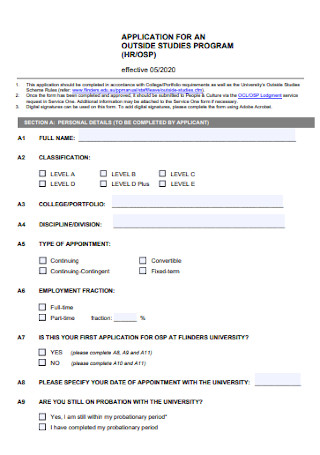
Outside Studies Program Form
download now -
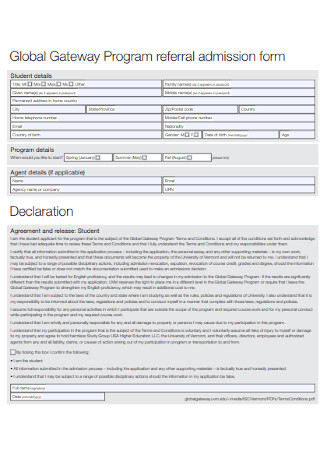
Program Referral Admission Form
download now - “]
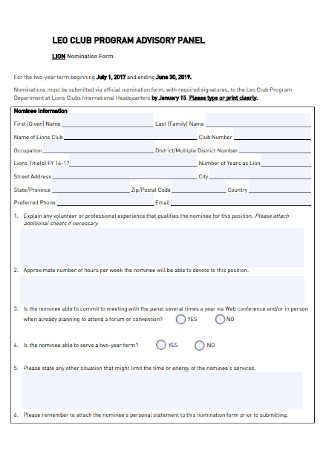
Club Program Nomination Form
download now -

Medical Program Release Form
download now -
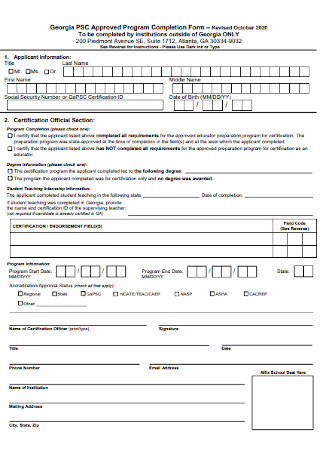
Approved Program Completion Form
download now -

Honors Program Application Form
download now -
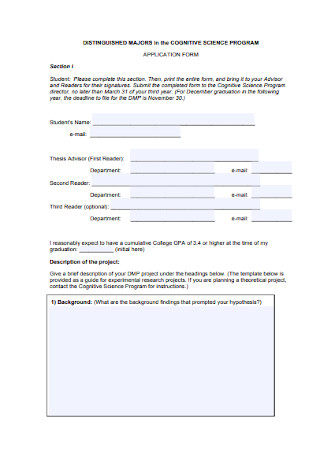
Science Program Form
download now -
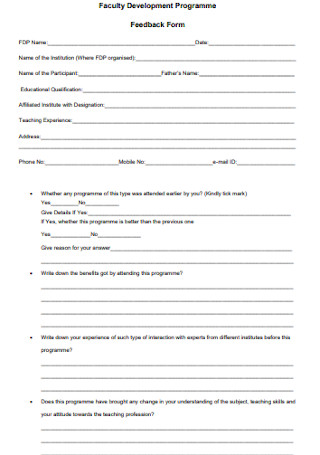
Program Feedback Form
download now -
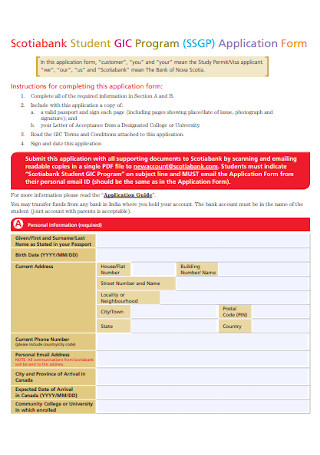
Student Program Application Form
download now -
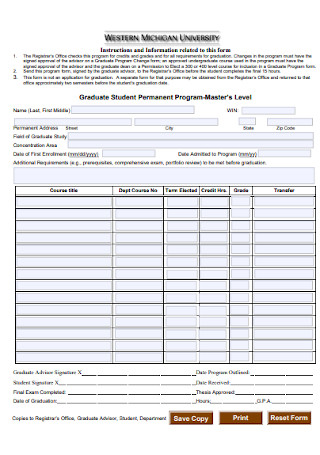
Graduate Student Permanent Program Form
download now -
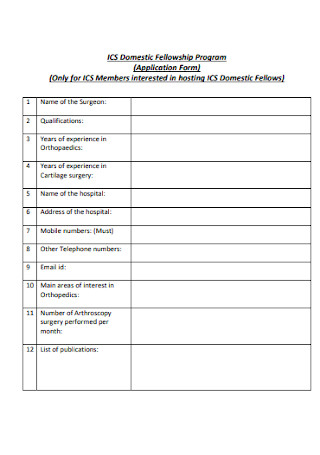
Domestic Fellowship Program Form
download now -
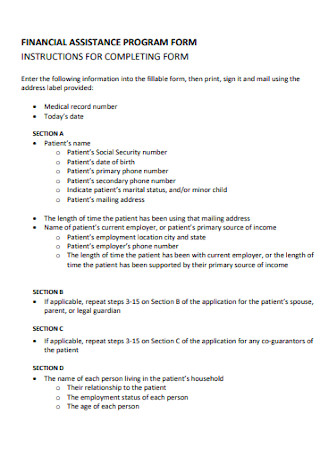
Financial Assistance Program Form
download now -
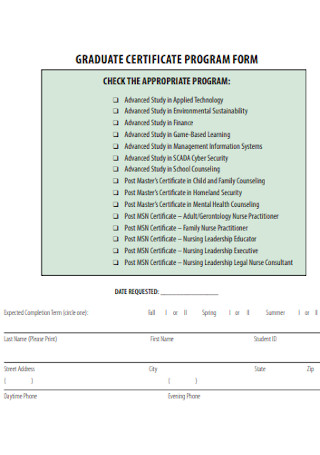
Graduate Certificate Program Form
download now -
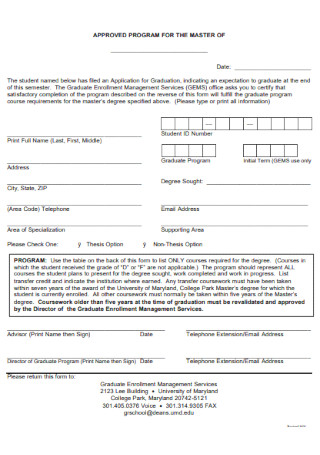
Master Approved Program Form
download now -
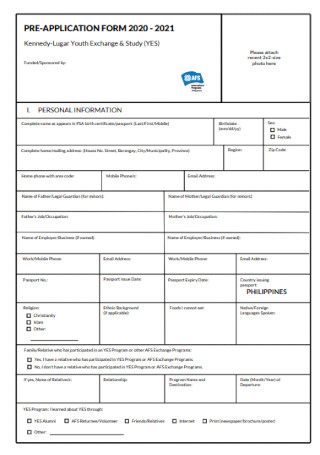
Basic Program Application Form
download now -

Yoga Teacher Training Program Application Form
download now
What Is a Program Form?
A program form is a written document that outlines and details a program’s specific course or agenda in an organized and usually chronological manner.
According to an article by the Society for Human Resource Management or SHRM, around 60% of job hunters quit in the middle of filling out online job applications due to either its length or complexity.
Types of Program Forms
There are various types of program forms. They come in different shapes and sizes with each serving a specific purpose of their own. But at its core, a program form is meant to inform and provide details that could potentially aid decision-making such as in the case of an application form. The following are just some basic and common types of program forms.
Examples of Programs
There are different kinds of programs across all industries and disciplines. They range from full-length courses to short certification programs. Every program has an objective or purpose. Some are meant to initiate change and instigate reform, while others can simply be a prerequisite to other programs. The following examples describe three essential programs across three different sectors.
How to Create a Program Form
To create a program form, you need to establish what kind of program it is first. As discussed in the previous sections, a program form can come in many shapes and sizes. If you are looking for quick and easy templates though, you can choose from a wide selection of editable and printable templates above. Choose one that suits your needs and follow the step-by-step guide below.
Step 1: Objective
The first step is to establish the objective. What is the purpose of the program form? What is it used for? What is its end goal? You need to identify the objectives of your program in order to have a clearer view of what your needs are. You can state it directly or in plain bullet points. Since it is a form, you can also include instructions for the reader on how to go about the form. If the objectives and instructions are clear for the reader, the better the chances are of obtaining accurate and direct answers.
Step 2: Format
An important aspect to keep in mind when creating a program form is the format. The format may vary from form to form. It would largely depend on your needs and the type of program as well. As mentioned previously, application forms and feedback forms are just some of the types of program forms that can apply here. These common types of forms typically contain all kinds of elements such as boxes and tables. You can also customize the text and design of your form. For instance, you can use bold text in order to highlight the headings and subheadings in your program form.
Step 3: Elements
Once you have established a format, you can then proceed to filling in all the elements. This section is crucial. The arrangement and flow of your program form matters. Since the content of your form will depend on your needs and objectives, there is no one way of making a program form. Just be sure to include all applicable data such as name, address, and other relevant information. For example, if you are creating an application form, a vital section would be the contact information. You need to be able to come up with a comprehensive form that will allow you to collect essential data. You can refer to the different sample templates from the selection above for more options and ideas.
Step 4: Review
The next step is to review all the elements contained in your program form. This might seem obvious and straightforward, but many people neglect to review their forms before finalizing it. Errors and minor mistakes can be avoided if you take the time to proofread and review your program form. You can have someone you trust review it a second time. Two pairs of eyes are better than one. They might have spotted a mistake that you overlooked. In summary, it is important to review all the items and each section meticulously before submission. Doing this could save you a lot of potential problems later on.
FAQs
What are the types of program forms?
There are a number of different program forms. They can come in application forms, evaluation forms and even itinerary forms. Refer to the previous sections for a more in-depth discussion of these forms.
What is in an application form?
An application form is one of the most basic types of documents. It is meant to capture data and information of an applicant or candidate. It is one of the key requirements in a formal application process.
How can I make my own application form?
To make your own application form, you can use several applications. But if you do not want to start from scratch, using a ready-made template is the better and more convenient option. Browse the collection of sample application forms above for more ideas.
A program form can come in a variety of shapes and sizes. It largely depends on the purpose and objective of the program. Browse the wide selection of editable forms above, choose one that best suits your needs and get started today!
